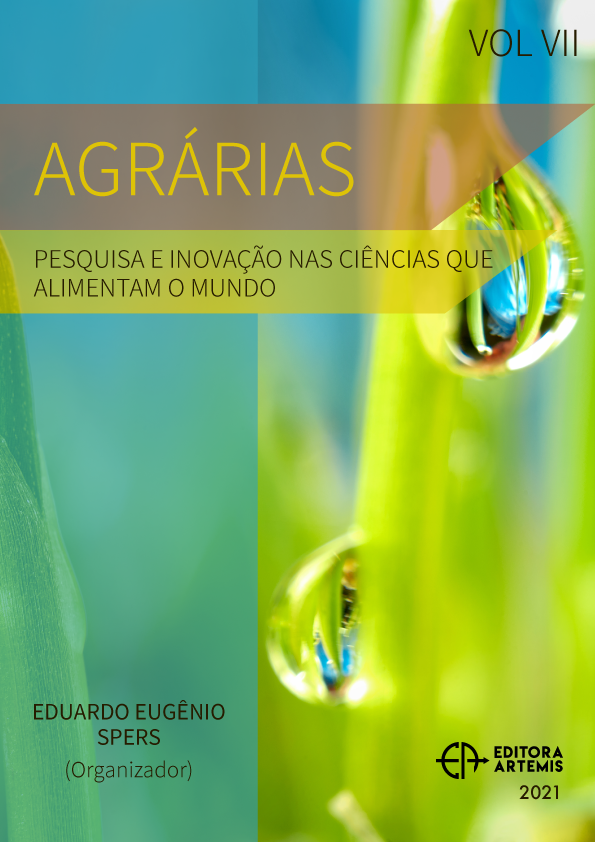
SISTEMAS DE PRODUÇÃO DE MUDAS NATIVAS NA REGIÃO DO VALE DO RIBEIRA, SÃO PAULO: DESAFIOS E POTENCIALIDADES
A Rede de Viveiros de Mudas Nativas é uma iniciativa da UNESP, Campus de Registro e do Instituto Vidágua, lançada no ano de 2012 e vigente atualmente. A Rede reúne produtores de mudas nativas e visa facilitar a comercialização e melhorar a qualidade das mudas produzidas. Para o desenvolvimento das ações foram realizados diagnósticos periódicos do sistema de produção nos 23 municípios que compõem a Bacia Hidrográfica do Ribeira de Iguape e Litoral Sul. Foram incluídos no diagnóstico os viveiros de produção permanente de essências florestais da Mata Atlântica. Ao todo, foram identificados 23 viveiros, destes 18 ativos, nos quais foi aplicado questionário estruturado para a coleta de dados relativos aos viveiros e a produção de mudas. Na última atualização do diagnóstico, realizada em 2019, 15 viveiros mantinham-se em atividade. A região do Vale do Ribeira possui grande parte do seu território coberto por vegetação nativa, formando o maior contínuo preservado do Bioma Mata Atlântica. A disponibilidade e abundância de recursos genéticos são apontadas como as principais potencialidades para o desenvolvimento da atividade na região. Os viveiros possuem estrutura básica necessária para a produção das mudas, no entanto a principal dificuldade ainda é a carência de orientação técnica aos viveiristas. Por fim, consideramos a necessidade de políticas públicas para fortalecimento dos viveiros já existentes, assim como para estímulo da restauração da Mata Atlântica, e consequentemente o crescimento na demanda por mudas florestais nativas.
SISTEMAS DE PRODUÇÃO DE MUDAS NATIVAS NA REGIÃO DO VALE DO RIBEIRA, SÃO PAULO: DESAFIOS E POTENCIALIDADES
-
DOI: 10.37572/EdArt_1812215149
-
Palavras-chave: Viveiros de mudas, cadeia produtiva, essências florestais.
-
Keywords: Nurseries, productive chain, forest species.
-
Abstract:
The Network of Native Seedling Nurseries is an initiative of UNESP, Campus de Registro and Instituto Vidágua, launched in 2012 and currently in force. The Network brings together producers of native seedlings and aims to facilitate the sale and improve the quality of the seedlings produced. For the development of actions, periodic diagnoses of the production system were carried out in the 23 municipalities that compose the Ribeira de Iguape and Litoral Sul Hydrographic Basin. Nurseries for the permanent production of forest species in the Atlantic Forest were included in the diagnosis. In all, 23 nurseries were identified, of these 18 active in which a structured questionnaire was applied to collect data relating to the nurseries and the production of seedlings. In the last update of the diagnosis, carried out in 2019, 15 nurseries were still in operation. The Vale do Ribeira region has a large part of its territory covered by native vegetation, forming the largest preserved continuum of the Atlantic Forest Biome. The availability and abundance of genetic resources are identified as the main potential for the development of the activity in the region. The nurseries have the basic structure necessary for the production of seedlings, however the main difficulty is still the lack of technical guidance for the nurserymen. Finally, we consider the need for public policies to strengthen existing nurseries, as well as to encourage the restoration of the Atlantic Forest, and consequently the growth in demand for native forest seedlings.
-
Número de páginas: 15
- Francisca Alcivania de Melo Silva
- Lucas Florencio Mariano
- Bruna Schmidt Gemim
- Ocimar José Baptista Bim

